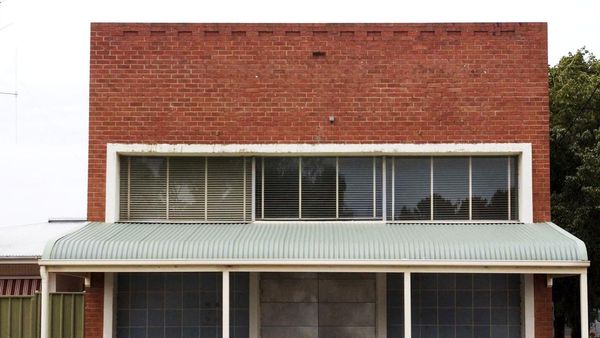
Australia could be lashed with more rain and possible floods for the next three months with La Niña conditions predicted to return for a rare third consecutive year.
The Australian Bureau of Meteorology raised the El Niño-Southern Oscillation La Niña outlook from “watch” to “alert” on Tuesday afternoon.
Senior meteorologist Jonathan How said the risk of La Niña returning this spring was about three times higher than normal. Under such conditions, it has developed about 70% of the time.
La Niña involves warming ocean temperatures in the western tropical Pacific Ocean and typically delivers increased rainfall across eastern and central Australia and a wetter start to the northern wet season.
How said the heavy rain forecast was a combination of climate drivers including a negative Indian Ocean dipole (IOD) and warmer than average waters to the north of Australia.
“The bureau’s three-month climate outlook shows a high chance of above average rainfall for most of the eastern two-thirds of the Australian mainland between September and November,” he said.
“As many Australians in the east know, soils are still quite wet, rivers are running quite high and dams are full. So with this outlook of increased rainfall, it does bring elevated flood risk for much of eastern Australia.”
The prediction for renewed rainfall comes after three major flooding events in New South Wales within a year and a widespread flooding event in Queensland that claimed the lives of 18 people.
“Australia’s climate has warmed by around 1.47C for the 1910 to 2020 period,” the BoM said. “Southern Australia has seen a reduction of 10% to 20% in cool season rainfall in recent decades.
“There has also been a trend towards a greater proportion of rainfall from high-intensity short duration rainfall events, especially across northern Australia.”
Wetter than normal conditions have lingered in eastern Australia since 2020. Sydney had its wettest summer for 30 years in 2021-22 and its wettest March and July on record. As of August, it’s already experiencing its wettest year on record.
This year has been phenomenal in #Sydney. The city has now broken two monthly rainfall records in 2022 (March and July), bringing its cumulative annual total up to 1951.4 mm at the end of July. This is by far Sydney's wettest year-to-date in records dating back to 1859. pic.twitter.com/WsnEWQk6BN
— Ben Domensino (@Ben_Domensino) August 1, 2022
Weather forecasting page Higgins Storm Chasing said Australia would be the “land meat” between an Indian and Pacific Ocean sandwich for the next six months.
“All latest global data is still saying above average rain,” it said, pointing to a strong negative IOD event, which tends to bring more rain over southern and eastern Australia.
“Watch for very moist north-westerly winds to develop across the Indian [Ocean] and pile moisture in across the country.
“Add La Niña’s increased easterly trade winds and additional moisture to the mix and … we could be looking at widespread rain and flooding.”
The Indian Ocean Dipole index has been “very close” or within negative thresholds since early June, the BoM said, while the latest weekly value was “one of the strongest observed so far”.
“All surveyed climate models indicate that negative IOD conditions are likely to continue into late spring.”
The weekly Indian Ocean Dipole (IOD) index has once again reached its lowest level since 2016 as a negative IOD pattern becomes entrenched to the northwest of Australia. This increases the likelihood of above-average rain over large areas of Australia during spring. pic.twitter.com/cjeA6S7B2n
— Ben Domensino (@Ben_Domensino) August 15, 2022
A negative IOD means warmer ocean temperatures in the east, increasing the likelihood of low pressure systems in Australia’s south-east and moistening the air.
If it transpires, it would be the first time on record three consecutive La Niña events had coincided with negative IOD years.
While not unprecedented, Dr Andrew King, a senior lecturer in climate science at the University of Melbourne, said three La Niña events in a row was “unusual”.
“The increased chance of another La Niña raises the odds of wetter conditions persisting for a few more months at least,” he wrote in the Conversation.
Last month, the BoM’s head of long-range forecasting, Dr Andrew Watkins, told Guardian Australia a La Niña event three years in a row would be rare although not unprecedented.
“We’ve only seen that three times since the middle of last century,” he said.
At the same time, Tasmania is likely to be drier during the spring months.
The Southern Annular Mode index is “neutral” and likely to be mostly positive for the coming three months, bringing lower than average rain in western Tasmania and a wetter influence for parts of eastern NSW and far eastern Victoria.
The BoM said if a La Niña event was established in the Pacific Ocean, wet conditions would persist into summer.







